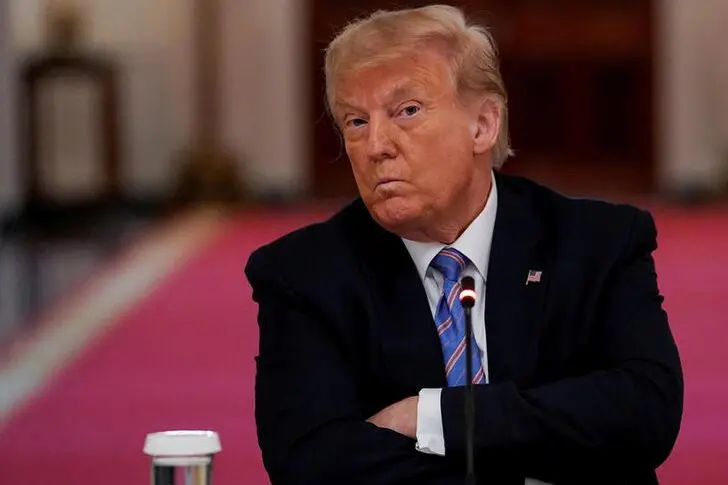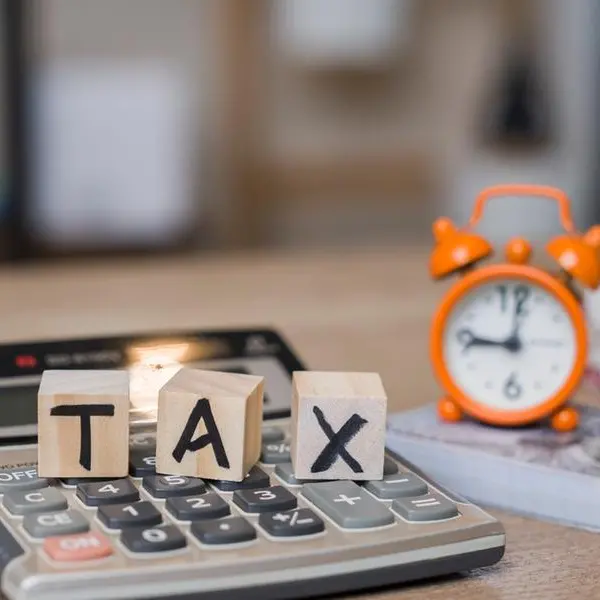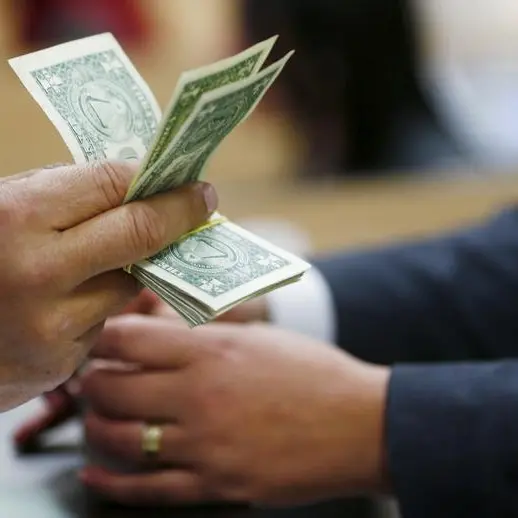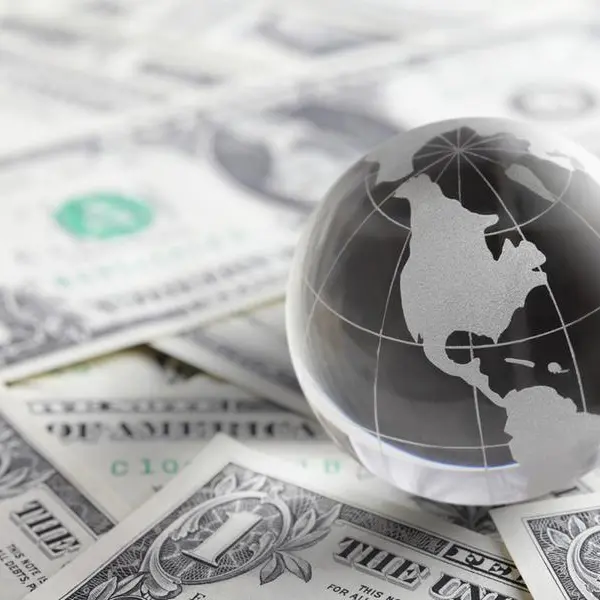PHOTO
(The author is a Reuters Breakingviews columnist. The opinions expressed are his own.)
NEW YORK - Donald Trump is entitled to some of his disgruntlement over the coronavirus, at least as it relates to his chances of re-election in November. The U.S. president was cruising toward a second term, according to one reasonably reliable academic model based on GDP per capita and prices. Then Covid-19 hit. A sharp recession is one of few events that could have put a Democrat on top.
The Bill Clinton-era idea that elections are about “the economy, stupid” is the basis for the model developed by Ray Fair at Yale University. Candidates score well if they, or their party’s current president, have presided over healthy growth in output per head and low inflation, with some added winning potential for incumbents seeking a second term, among other tweaks.
Trump, a Republican, looked unstoppable from at least November 2018, around half way through his term, until January this year, with a Democratic candidate predicted to win only around 46% of the two-party vote in this year’s match-up. It’s worth remembering that collecting more than half the votes on that measure was not enough for Hillary Clinton to defeat Trump in the electoral college tally in 2016.
Trump’s first term has seen a continuation of the post-financial crisis recovery that started under his predecessor, Barack Obama. With annual GDP growth averaging around 2.5% through 2019, inflation contained, and unemployment at record lows, any Democrat, including presumptive candidate Joe Biden, faced a daunting task based solely on hard economic trends.
That has all changed. Fair’s model surely hasn’t been tested with a pandemic before. But he has factored in wars and the like. The Congressional Budget Office projected last month that the U.S. economy will shrink 11% in the second quarter, or 38% at an annualized rate, before partially bouncing back at a 22% annual pace in the third quarter.
Plug the CBO’s numbers into Fair’s model along with a 1.8% average GDP deflator for Trump’s time in office and now, with a forecast of 54% of the two-party vote, it is the Democrats’ election to lose. Polls and betting markets suggest something similar, but the economy arguably tells a less fickle story. Despite all the other reasons Democrats have for ousting Trump, in the end it could once again be about the economy.
CONTEXT NEWS
- Ray Fair, an economist at Yale University, maintains an economic data-based model for predicting U.S. presidential and congressional elections.
- The main inputs are the growth rate of real GDP per capita in the year of an election and the average level of the GDP price deflator over essentially the entirety of the current presidential term.
- Based on data available to November 2018, Fair concluded the Democrats would win only 45.7% of the two-party presidential vote in the November 2020 election.
- The growing economy was part of the reason, but two other factors in the model also favored Donald Trump, the Republican president: An advantage given to incumbent candidates based on historical results, and no disadvantage that would have been attached to a party that had been in the White House for more than one term.
- The outcome predicted by Fair’s model changed very little from then until January, the last time he recalculated the results.
(The author is a Reuters Breakingviews columnist. The opinions expressed are his own.)
(Editing by Lauren Silva Laughlin and Amanda Gomez)
© Reuters News 2020












